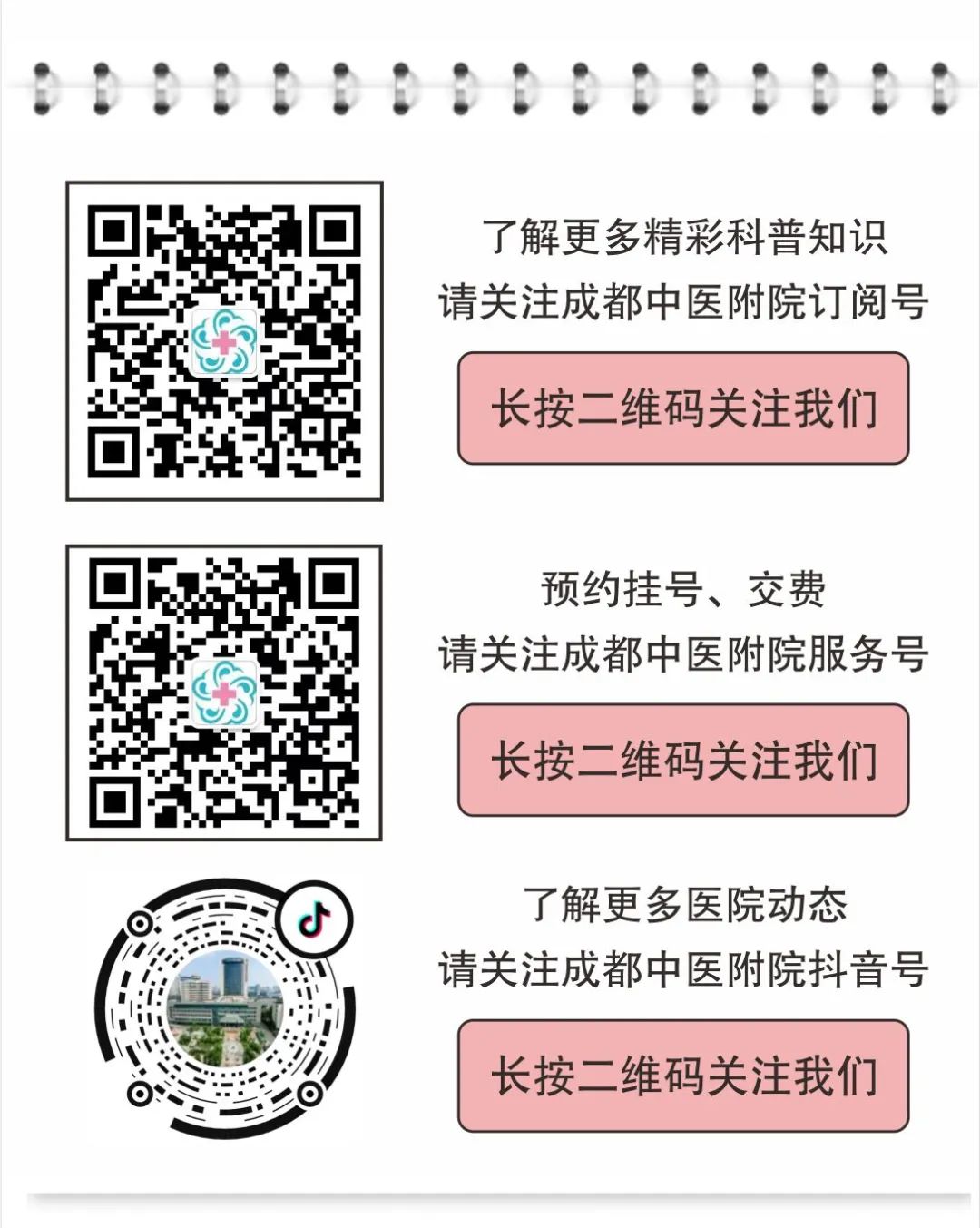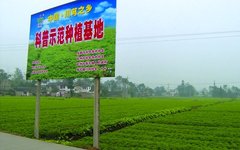20
24
╱ Click the blue text to follow us ╱
Authentic medicinal materials refer to high-quality and pure medicinal substances that have a long history, suitable production areas, excellent varieties, abundant yields, meticulous processing, outstanding efficacy, and regional characteristics. Many medicinal names on TCM prescriptions are marked with place names such as “Chuan” (Sichuan), “Yun” (Yunnan), “Guang” (Guangdong), etc., and these medicines are mostly authentic medicinal materials. Sichuan Province, known as a major resource for TCM, is often referred to as the “Hometown of TCM and the Treasury of Chinese Medicine.” The province is rich in TCM resources, and among them, one well-known Sichuan herb is “Chuanxiong”. Chuanxiong is a good medicine for treating headaches, invigorating blood circulation, and promoting Qi flow, and is known as a “blood-moving Qi medicine”. Today, we will discuss Chuanxiong in detail.
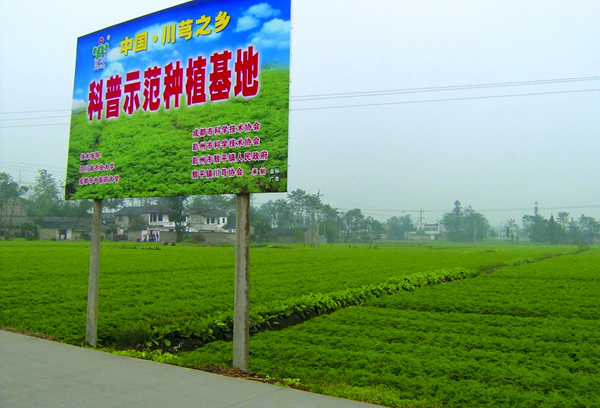
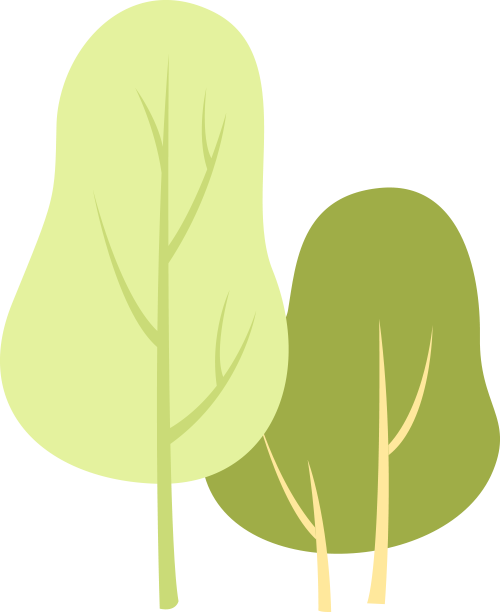
01
Name Explanation
Chuanxiong was first recorded in the “Shennong Bencao Jing” under the name “Xiongwei”. Li Shizhen explained in the “Bencao Gangmu”: “The dome of a person’s head is high, resembling the heavens (this means that the dome of the human head is the highest, like the sky). This medicine ascends and is specifically used to treat various ailments of the head, hence the name Xiongwei.” In the past, it was also referred to by its place of origin as “Hu Xiong” (from the Hu Rong), Jing Xiong or Xi Xiong (from Guanzhong), Tai Xiong (from Tiantai), and Fu Xiong (from Jiangnan). Based on its shape, it was called “Ma Xian Xiong” or “Que Nao Xiong”. Nowadays, operators in the medicinal material industry also refer to those produced in Sichuan as “Chuanxiong”, while those from Hunan and Hubei are called “Cha Xiong”, those from Jiangxi are called “Fu Xiong”, and those from Yunnan are called “Li Xiong”. There are also distinctions based on the growing environment and quality, with those grown in flat fields referred to as “Ba Xiong” and those grown in the mountains referred to as “Shan Xiong”.
Despite the many names, it has been recognized since ancient times that the best quality comes from Sichuan, thus forming the name Chuanxiong early on. The “Tujing Bencao” states: “Guang, Shan, and Chuan have many, but those from Sichuan are superior.” Kou Zongshi’s “Bencao Yanyi” states: “For use, the large pieces from Sichuan, with a white interior color, not oily, and slightly spicy and sweet when chewed, are the best.” Li Shizhen formally named it “Chuanxiong” in the “Bencao Gangmu”.
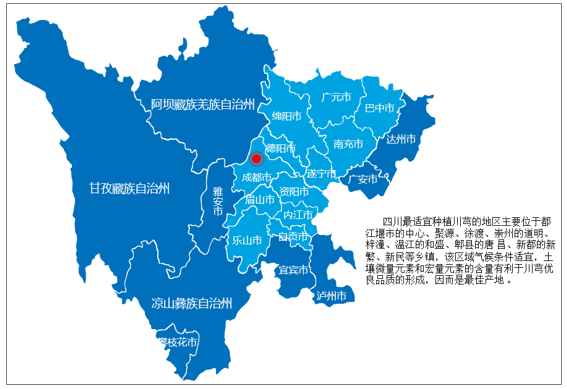
02
Identification
Many friends have expressed that there are often counterfeit Chuanxiong products on the market. Today, we will teach you how to identify authentic Chuanxiong.
Authentic Product
This product is the dried rhizome of the plant Chuanxiong from the Umbelliferae family. It is harvested in summer when the nodes on the stem are significantly prominent and slightly purple, cleaned of soil, sun-dried, and then dried again, removing the fibrous roots; the product is irregularly nodule-shaped and fist-like, with a diameter of 2 to 7 cm. The surface is gray-brown or brown, rough and wrinkled, with many parallel raised nodes, and the top has a depressed, round stem scar, with many small tuberous root scars on the lower side and nodes. It is solid, not easily broken, with a cross-section that is yellow-white or gray-yellow, scattered with yellow-brown oil chambers, and the growth rings appear wavy. It has a strong aroma, a bitter and spicy taste, with a slight numbing sensation on the tongue, and a mild sweetness.
The slices are irregularly thick, with an outer skin that is gray-brown or brown, and has wrinkled lines. Commonly referred to as “butterfly slices”. The cut surface is yellow-white or gray-yellow, with distinct wavy ring patterns or polygonal textures, scattered with yellow-brown oil spots. The texture is solid.
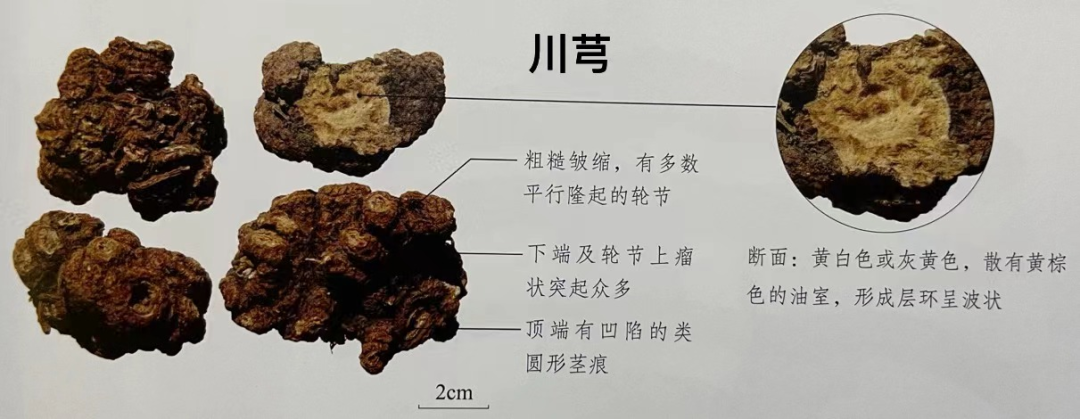

Traditional experience suggests that the best quality is characterized by large, plump pieces, solid texture, yellow-white cross-section, high oil content, and strong aroma.
Counterfeit Products
1. Xiong Ling Zi
This refers to the mother root of Xiong Ling Zi cultivated in Sichuan, which is softer and of lower quality, but still has medicinal use. Ling Zhu, which refers to overly small Xiong Ling Zi, cannot be used as Chuanxiong. The diameter of Ling Zi slices generally does not exceed 1 cm, which does not meet pharmacopoeia standards.
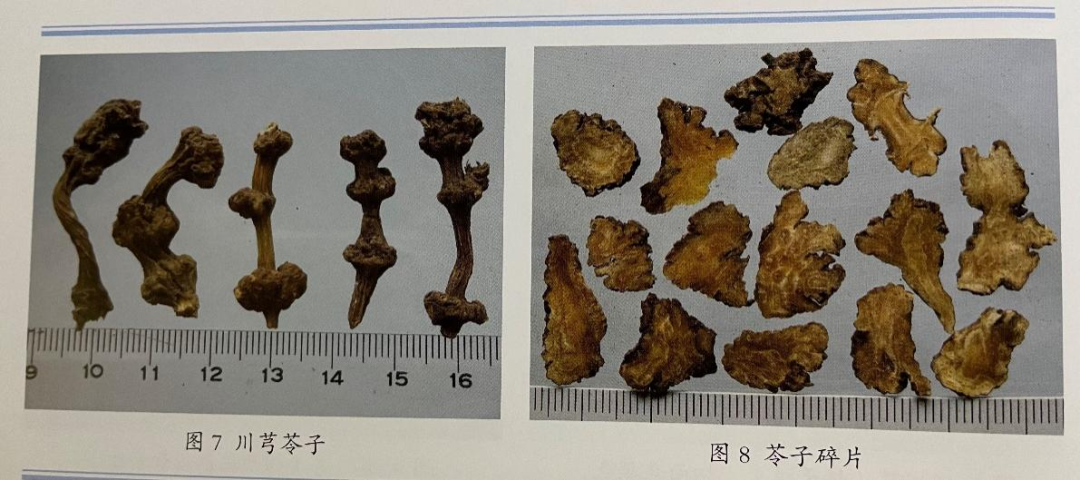
2. Fu Xiong (Cha Xiong)
This refers to the cultivated variety of Chuanxiong from Jiangxi, Hunan, and Hubei provinces, which is a variant of Chuanxiong, also known as Cha Xiong.
Its effects are similar to Chuanxiong, but it is generally considered to be of slightly lower quality. The main distinguishing features of its original plant: The leaf outline is broadly ovate-triangular, with three to four times pinnately divided, and the unlobed segments are relatively wide.
The main distinguishing features of its medicinal material: The rhizome is nodule-shaped, with many fibrous roots, the surface is gray-yellow to yellow-brown, with several tuberous protrusions, and the central top has a raised round stem scar that is not depressed.
3. Dong Chuan Xiong
This is a plant from the Umbelliferae family introduced from Japan over 50 years ago in Yanbian Korean Autonomous Prefecture, Jilin. Its rhizome is a traditional medicine of the Korean ethnic group. This plant belongs to a different genus than Chuanxiong, and its chemical composition differs, making it unsuitable for use as Chuanxiong.
The main distinguishing features of its original plant: The stem is thinner, with few branches; the leaves are twice pinnately divided, with the terminal lobes being ovate-lanceolate; the compound umbel flowers are terminal.
The main distinguishing features of its medicinal material: The rhizome is irregularly lump-shaped, 3 to 10 cm long, 2 to 5 cm in diameter, dark brown, with wrinkled nodular rings on the surface, and a light brown cross-section. It has a unique aroma, with a slightly bitter taste and a numbing sensation.
4. Gao Ben
This is the dried rhizome of the plant Gao Ben from the Umbelliferae family. Gao Ben is also included in the pharmacopoeia and cannot be used as Chuanxiong. This product is irregularly lump-shaped, with a gray-yellow-brown surface, wrinkled, and has distinct stem scars and tuberous root scars. The surface has a few fibrous roots remaining. The aroma is relatively faint.
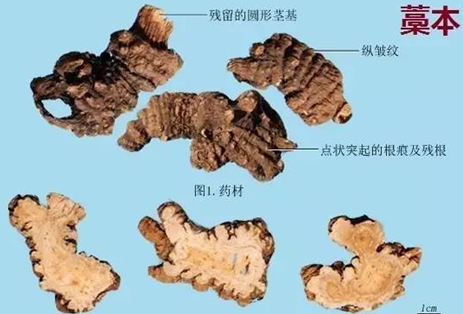
5. Other Situations
There are many inferior Chuanxiong products on the market, such as: old products (with dark brown cut surfaces and weak aroma), over-dried products (with burnt cut surfaces and weak aroma), extracted Chuanxiong (dry and lacking aroma and spiciness), and Chuanxiong with added weight powders (with white crystals on the cut surface and weak aroma). When purchasing Chuanxiong, be sure to pay attention to these counterfeit situations and buy from reputable manufacturers.
03
Application
Chuanxiong has a spicy taste and a warm nature; it enters the Liver, Gallbladder, and Pericardium meridians, and has the effects of invigorating blood circulation, promoting Qi flow, and alleviating pain. It is mainly used for chest pain due to blood stasis in the heart, rib pain due to liver Qi stagnation, stabbing pain in the chest and ribs due to liver blood stasis, injuries from falls due to blood stasis, swelling and pain from sores, irregular menstruation, dysmenorrhea, postpartum pain, retained lochia, various headaches, and rheumatic pain.
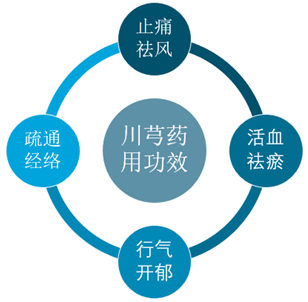
Common names in prescriptions are Chuanxiong and Jiu Chuanxiong. Jiu Chuanxiong is the processed product of raw Chuanxiong stir-fried with wine, which can enhance the upward movement of the medicine and strengthen the blood-invigorating and Qi-promoting effects of Chuanxiong.
Chuanxiong can be taken internally or used externally. For internal use, it can be decocted (3-10g per dose), ground into powder (1-1.5g per dose), made into pills or powders (dosage varies depending on the prescription and amount taken), infused in wine, or used in medicinal dishes (Chuanxiong is one of the TCM materials that can be used both as medicine and food, and can be used in cooking. For example, Chuanxiong stewed beef, cold Chuanxiong salad, Chuanxiong and Bai Zhi stewed fish head, Chuanxiong and Dang Gui porridge, Chuanxiong boiled field snails, etc. Moreover, Chuanxiong sprouts can also be eaten as vegetables; the author has tried cold Chuanxiong sprouts). For external use, it can be ground into powder or decocted for gargling.
04
Contraindications
Everyone has their own contraindications, and Chuanxiong has its own as well. We should avoid these situations when using it:
1. Chuanxiong is spicy and warm, and should be used cautiously for headaches caused by excessive liver Yang.
2. Its warm and dry nature can consume blood and injure Yin, so it is not suitable for those with Yin deficiency and excess heat, characterized by a red tongue and dry mouth.
3. Women with excessive menstruation or bleeding disorders without stasis should avoid using it.
4. Pregnant or breastfeeding women should use it cautiously.
5. Some individuals may be allergic to Chuanxiong; those with allergies should not take it. The main symptoms of Chuanxiong allergy include skin itching, redness and swelling, facial flushing, and the appearance of eczema on the skin. When allergic symptoms occur, timely treatment with anti-allergic medication is necessary to avoid worsening symptoms.
05
Formulations
Chuanxiong has many effects and is included in many formulations. Here are some examples:
1. Chuanxiong improves blood rheology, dilates blood vessels, has anti-myocardial ischemia, anti-cerebral ischemia, and sedative effects, and can be used in cardiovascular and cerebrovascular medications, such as Tianma Headache Tablets, Tianma Shou Wu Tablets, Xue Zhen Zai Zao Capsules, Xiao Shao Tong Luo Tablets, Xiao Shao Tong Luo Capsules, Xiao Shao Tong Luo Granules, Xiao Shao Oral Liquid, Xiao Shao Enteric Capsules, and Xue Tong Tong Mai Tablets.
2. Chuanxiong promotes hematopoiesis and can be used in blood-tonifying TCM formulations, such as Yangxue Danggui Capsules, Gynecological Regulating Tablets, Gynecological Ten Flavor Tablets, Gynecological Yangkun Pills, Gynecological Yangrong Pills, Yangxue Shengfa Capsules, Regulating Menstruation and Nourishing Blood Pills, Black-bone Silkie and White Phoenix Pills, Black-bone Silkie and White Phoenix Tablets, Black-bone Silkie and White Phoenix Granules, Bai Zi Yangxin Pills, and Bai Zi Yangxin Tablets.
3. Chuanxiong has antipyretic effects and can be used in heat-clearing medications, such as Huanglian Shangqing Tablets (Capsules, Granules), Chuanxiong Tea Adjusting Granules (Concentrated Pills, Pills, Tablets, Powders), Xiong Ju Shangqing Pills (Tablets, Water Pills), Huang’s Sound Pills, and Niuhuang Shangqing Pills (Tablets, Capsules, Soft Capsules).
4. Chuanxiong can also be used in blood-invigorating medications, such as Gynecological Fenqing Pills, Wanling Wuxiang Ointment, Jing Wan Hong Ointment, Yuzhi Bi Bi Granules (Capsules), Neck Pain Granules, Neck Comfort Granules, Neck Recovery Granules, and Zhuifeng Toupugu Pills.
In summary, everyone should use formulations rationally and not use medications indiscriminately. When you have medication needs, consult a doctor or pharmacist to ensure safe and effective use.
06
Individual Considerations
Have you heard the saying that you shouldn’t drink tea while taking medicine? Tea contains a lot of tannins and theobromine, which can react with medications and affect their efficacy, leading to gastrointestinal discomfort and even side effects such as abdominal cramps, constipation, and diarrhea.
However, the Chuanxiong tea series is quite unique, as it needs to be taken with “light tea” after meals, such as Chuanxiong Tea Adjusting Pills, Chuanxiong Tea Adjusting Concentrated Pills, Chuanxiong Tea Adjusting Tablets, and Chuanxiong Tea Adjusting Powders. Chuanxiong Tea Adjusting Granules can even be taken with “strong tea” after meals.
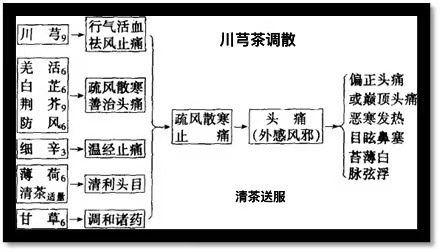
At this point, you should have a deeper understanding of Chuanxiong. I wonder if you are attracted by its charm? While pursuing efficacy, everyone should also pay attention to rational medication use.
Medical Guidance: Pain Department, Qi Tao, Zhong Chao
Editor: Zhang Haichen
Proofreader: Yan Yixi
Reviewer: Wang Jun Dong, Zhang Hui
